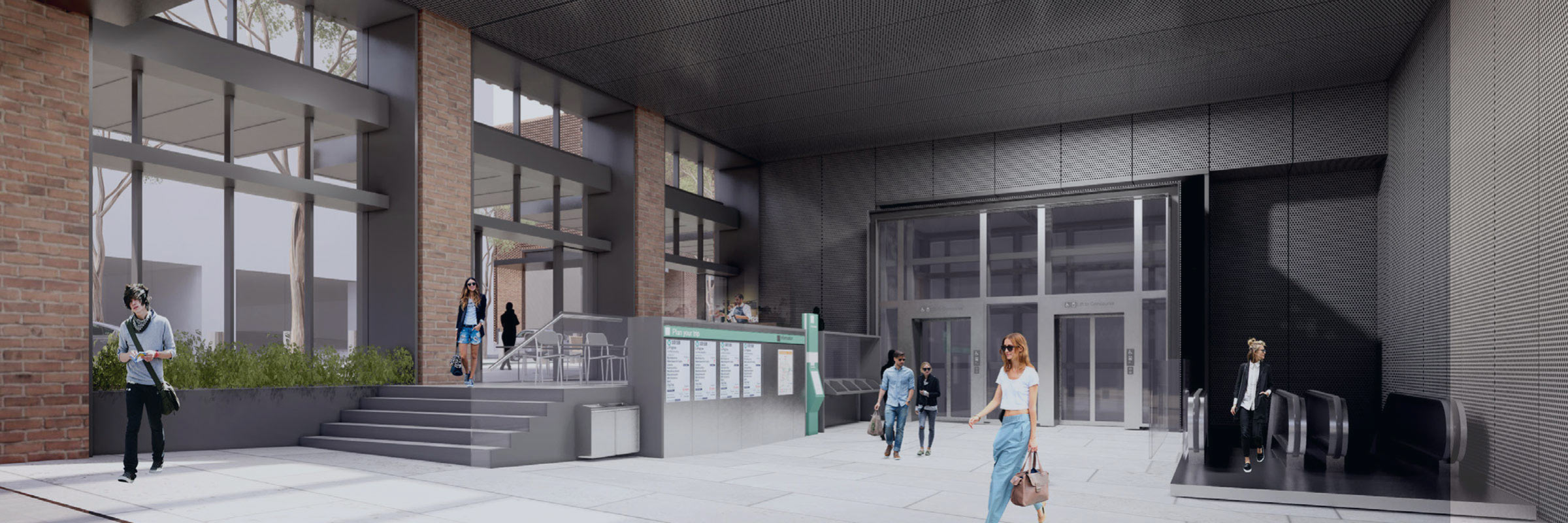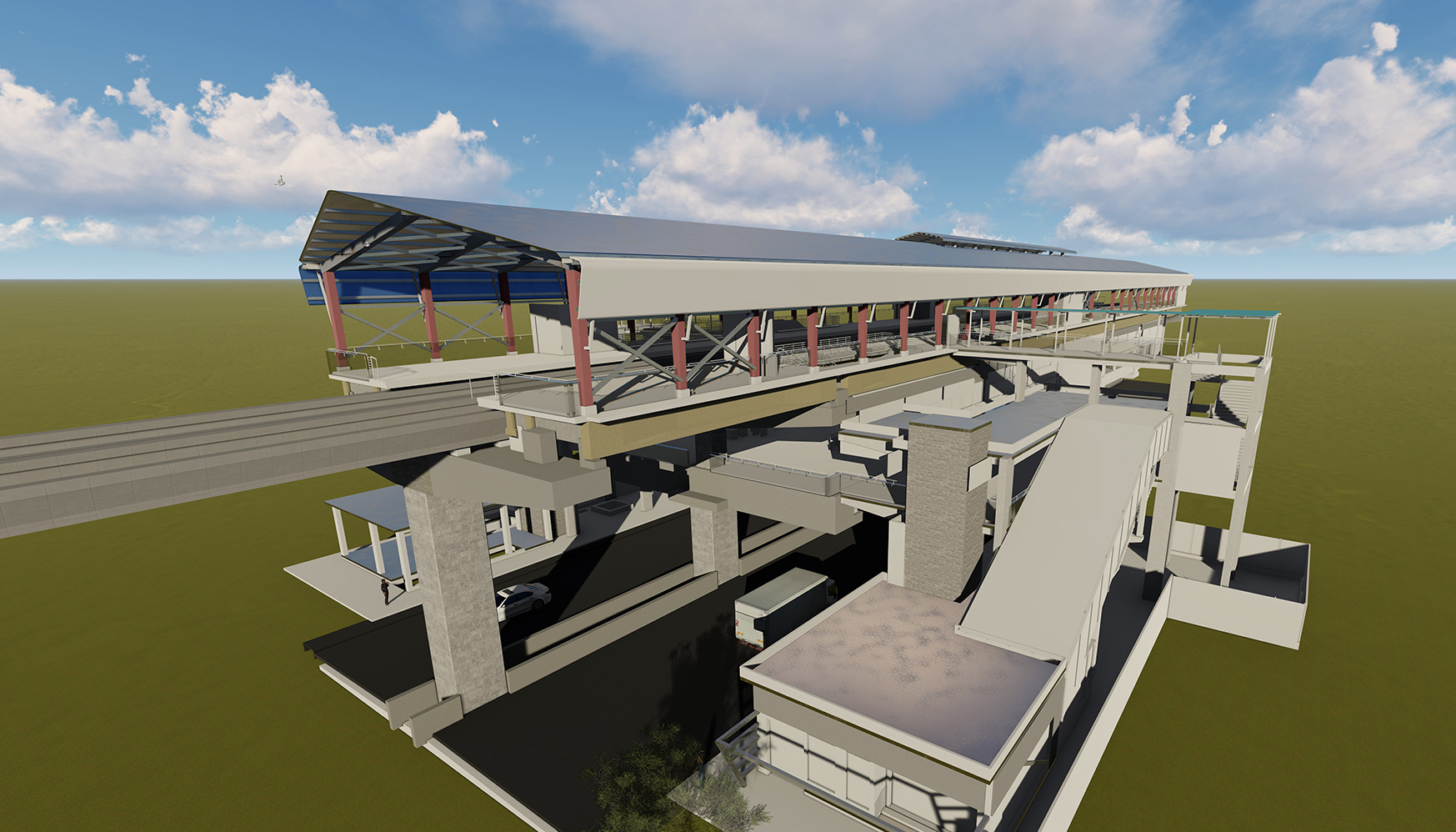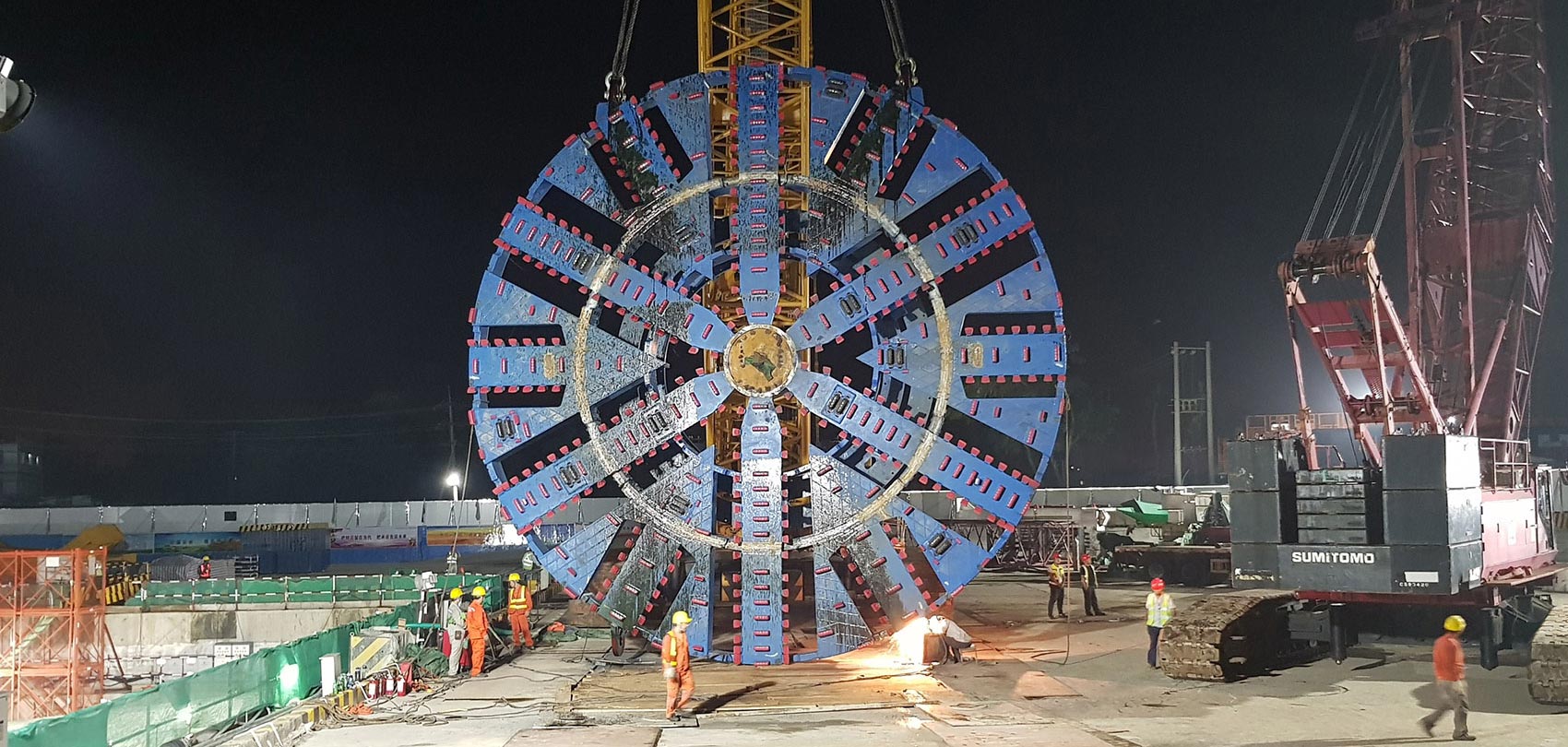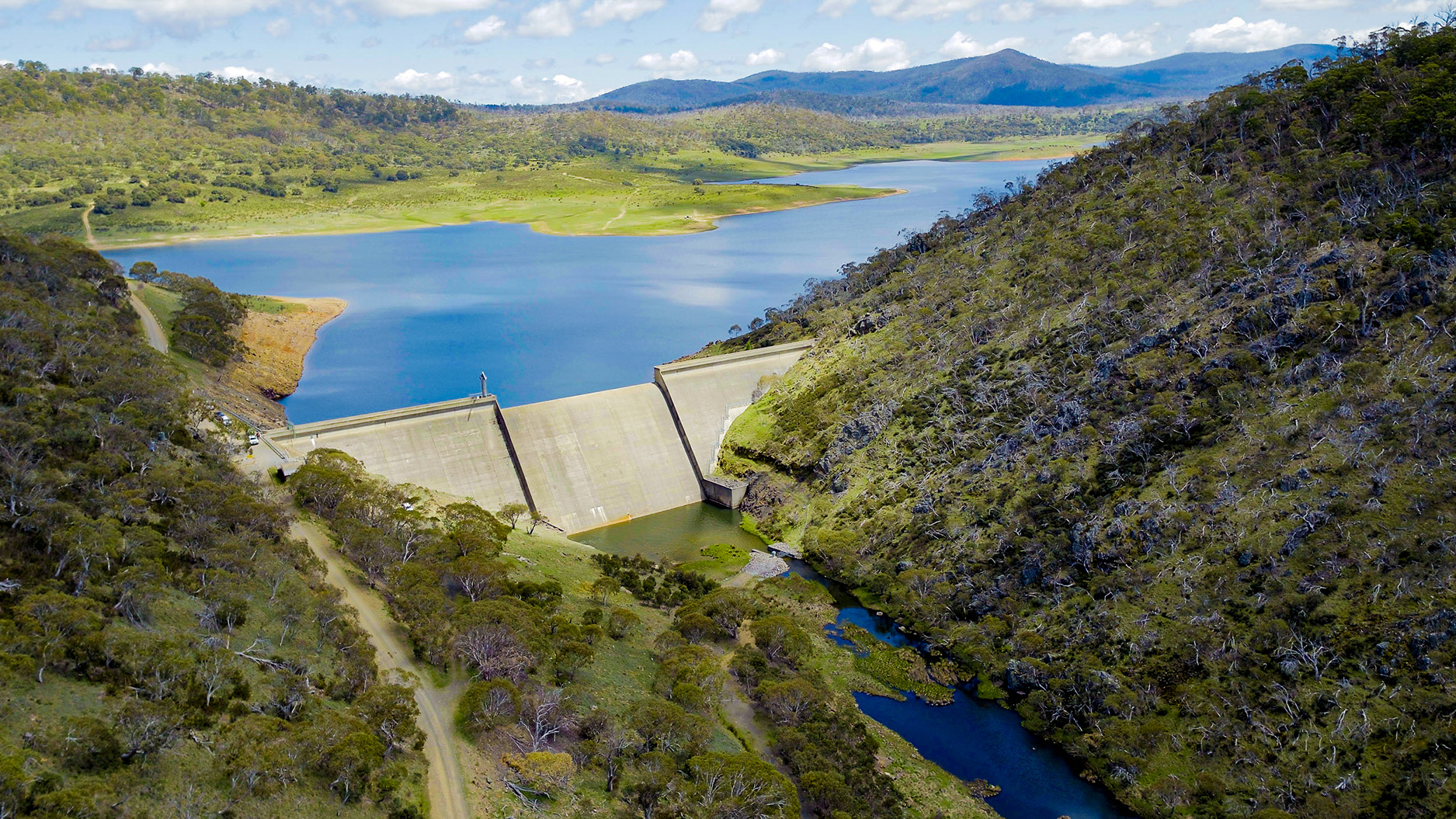Innovative engineering outcomes
Significant benefits on the project were achieved through the use of pre-cast concrete. For example, a pre-cast concrete beam structural solution allowed for quicker construction times which in turn meant no formwork interference at platform level. Although pre-cast elements have been used before in constructing underground stations, Crows Nest Station is the first underground station to have more than 90% pre-cast structural elements. The main challenge for the designers was to adapt the details and construction techniques to a large-scale underground project, where the design requirements are vastly different.
In addition to the innovative engineering to minimise materials consumption and waste generation during the construction phase, SMEC developed an operational waste management plan to leave a legacy of sustainable practices from design and construction and into operations.
“Together with our partners, we developed an operational waste management plan for the Crows Nest Station site that will help to minimise waste produced and maximise waste recycled. To ensure waste efficiency strategies are met, the design includes appropriate storage facilities for separate waste streams,” explains Sav Dell’Aquila SMEC’s Principal Project Manager who is leading the Crows Nest Station project.
By challenging conventional practices and using innovative techniques and technology, the team were able to deliver a design that is not only sustainable but also delivers construction cost savings and improved commuter experience.









